Originally posted by keang
View Post
เหยื่อรายที่ 4 มาแล้วครับ
เรามาลงชื่อดีกว่าครับ เหยื่อ 11 ท่าน
1.keang
2.poh1998
3.ManiacMaew
4.jinn
5.
6.
7.
8.
9.
10.
11.


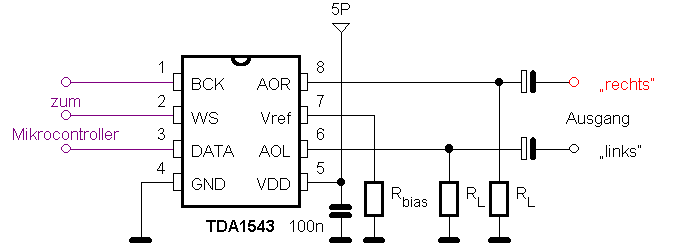


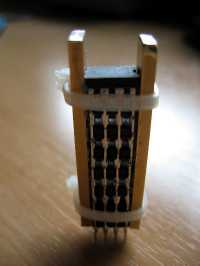


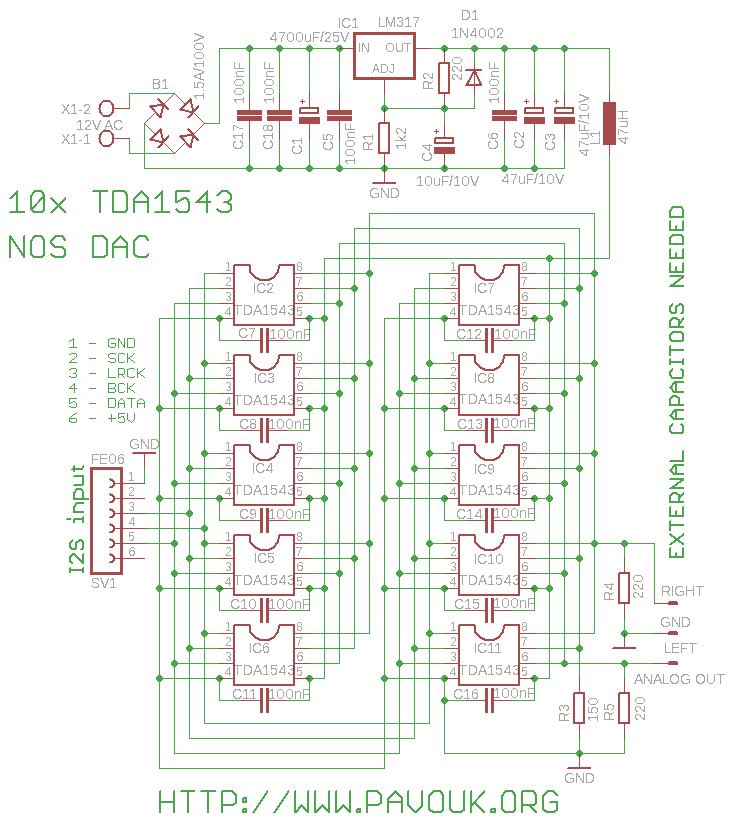
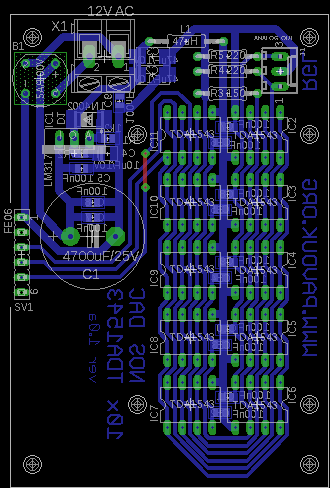
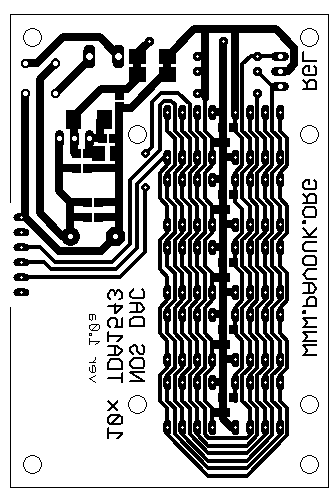







Comment